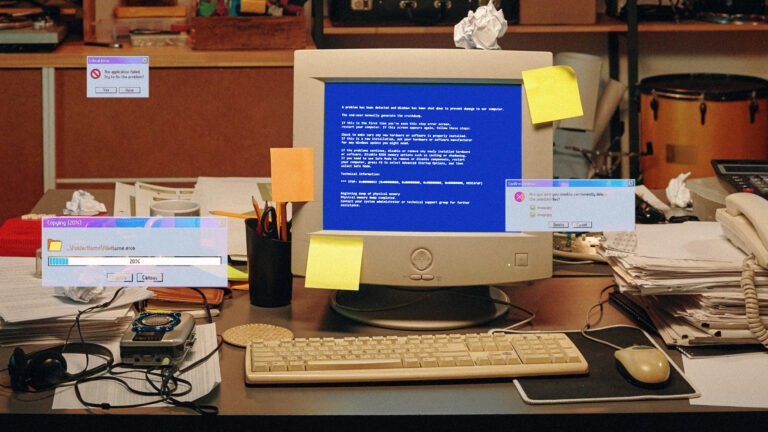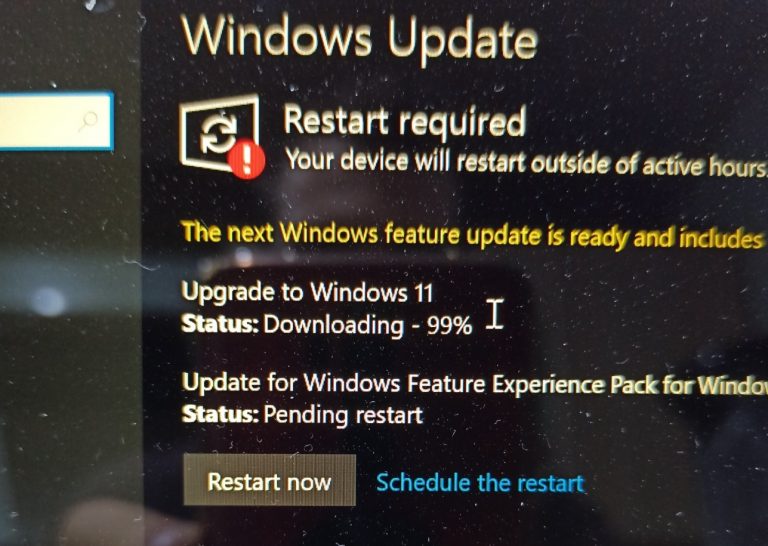History of mobile phones (1994-2022)
New models of mobile phones appear every day, but it is impossible to know them all. At the same time, sometimes you have to choose a new phone, and you want to understand a little better the changes that have taken place in recent years. This review contains a retrospective look at the history of mobile phones.
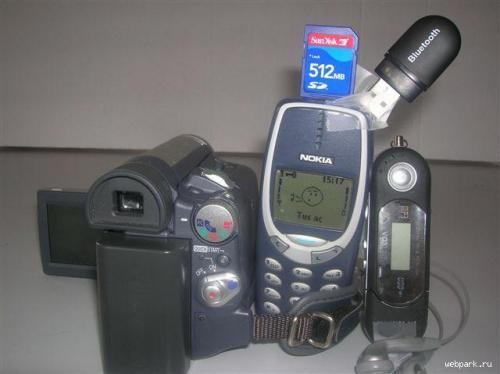
Details of the analysis and description of the data source
I was able to get data about all available mobile phones using the “scraping” method from the website GSMarena.com. For this, I used an R script and the rvest package. The process of downloading information about 11,425 phones took me three days in December 2022. Accordingly, my analysis is relevant only for the specified month. If you need my data to test your own ideas, please use this link to get it in CSV format.
https://drive.google.com/file/d/1_5mMMvJQSQhXDJQuEITRWleB7UsnwQxu/view?usp=share_link
I analyzed the data using the statistical language R. I built the graphs in the WYSIWYG GraphPad Prism editor. I use the median as the average.
I apologize that the captions for the figures are in English. The reason for this is the weak Cyrillic support in GraphPad Prism.
To summarize, the information that I managed to find:
11’425 phones
117 manufacturers
12.1 MB CSV file
In my analysis there will be little text and many pictures. For I decided not to focus on those phone models that I have ever owned.
Let’s start with general information.
The peak year for the release of new phone models was 2014, when 913 models were announced. In recent years, about 600 models per year have been released. That is, there were about three new models a day, and now there are two.
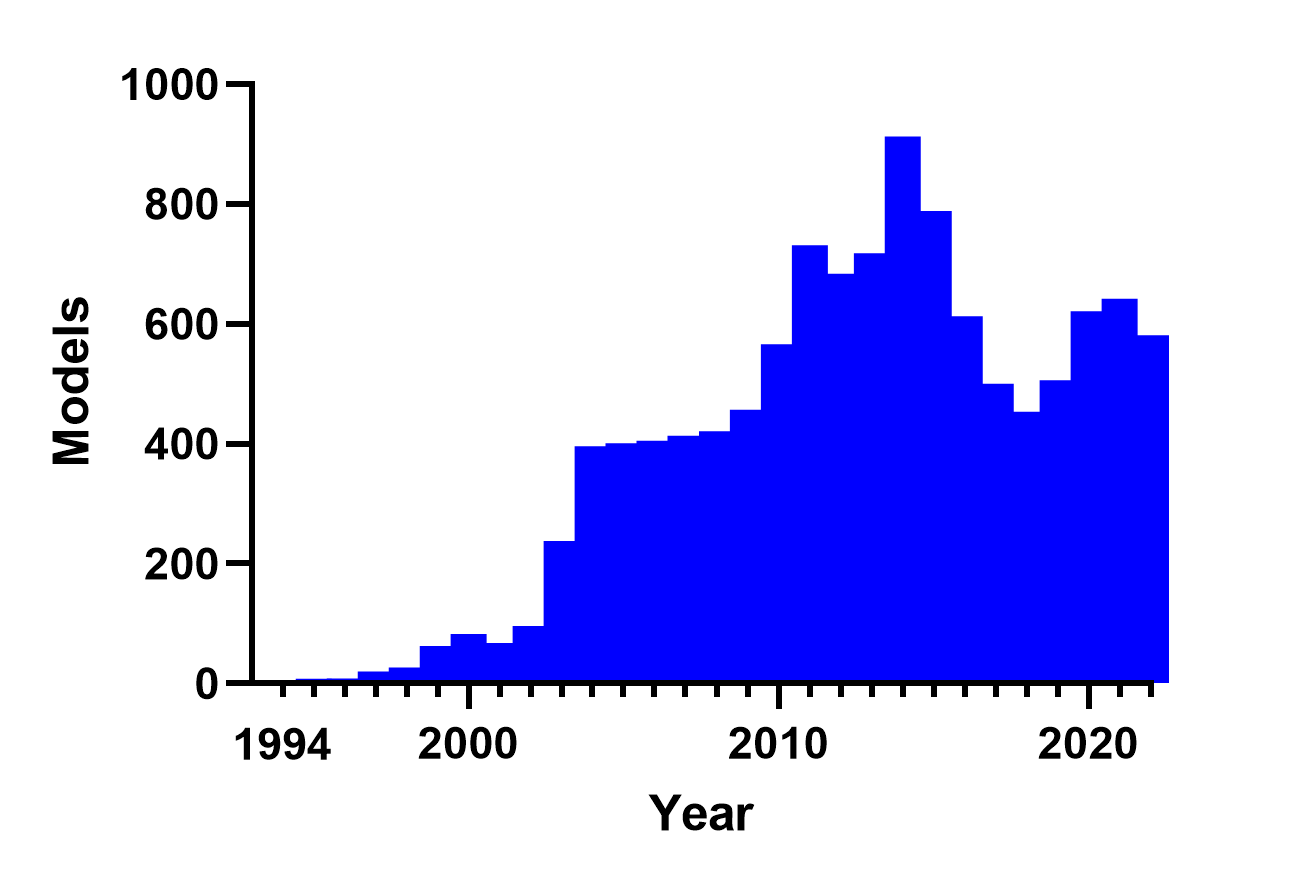
The number of manufacturers also grew over time. The peak value (61 manufacturers) was registered in the same year 2014. Since then, the variety has dwindled a bit.
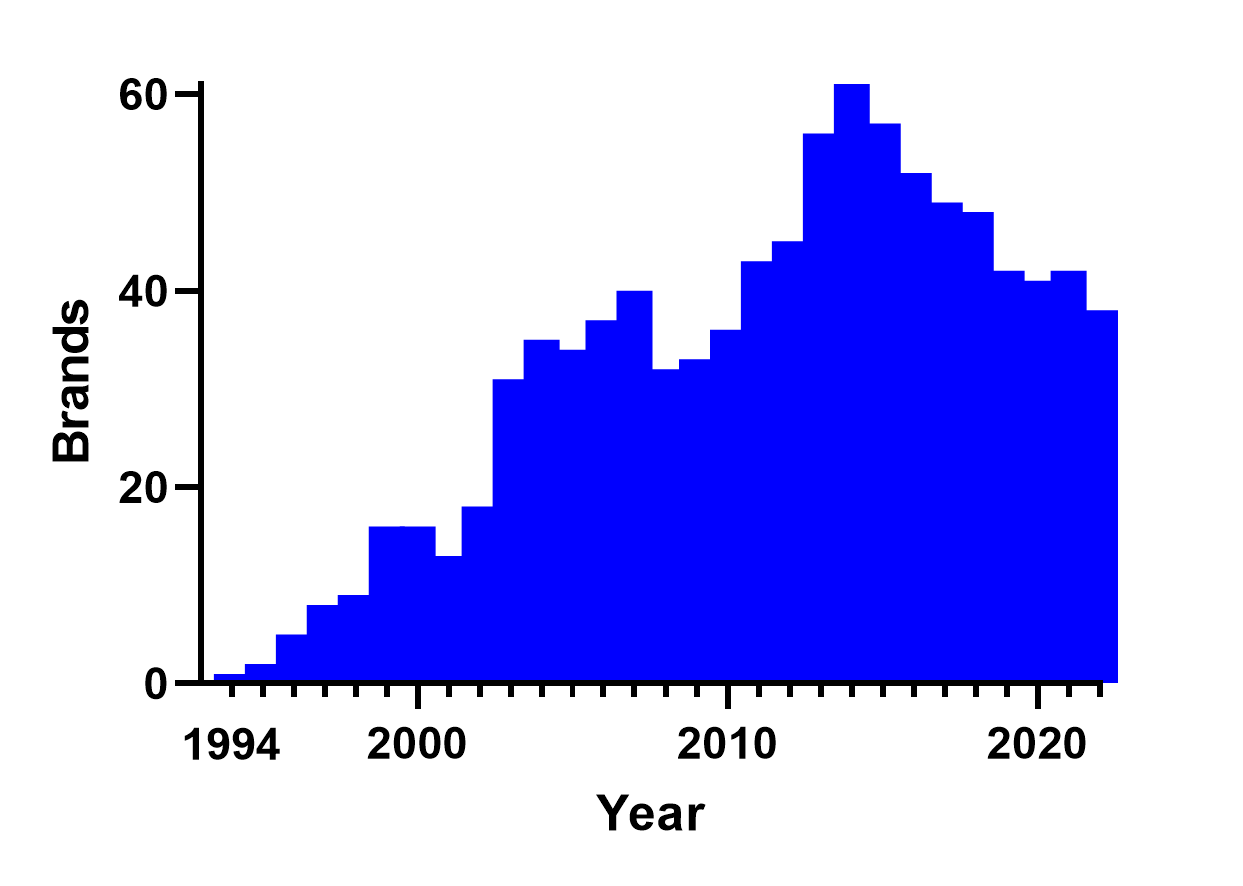
The largest number of models in the historical perspective was released by Samsung. Next come LG, Nokia and Motorola.
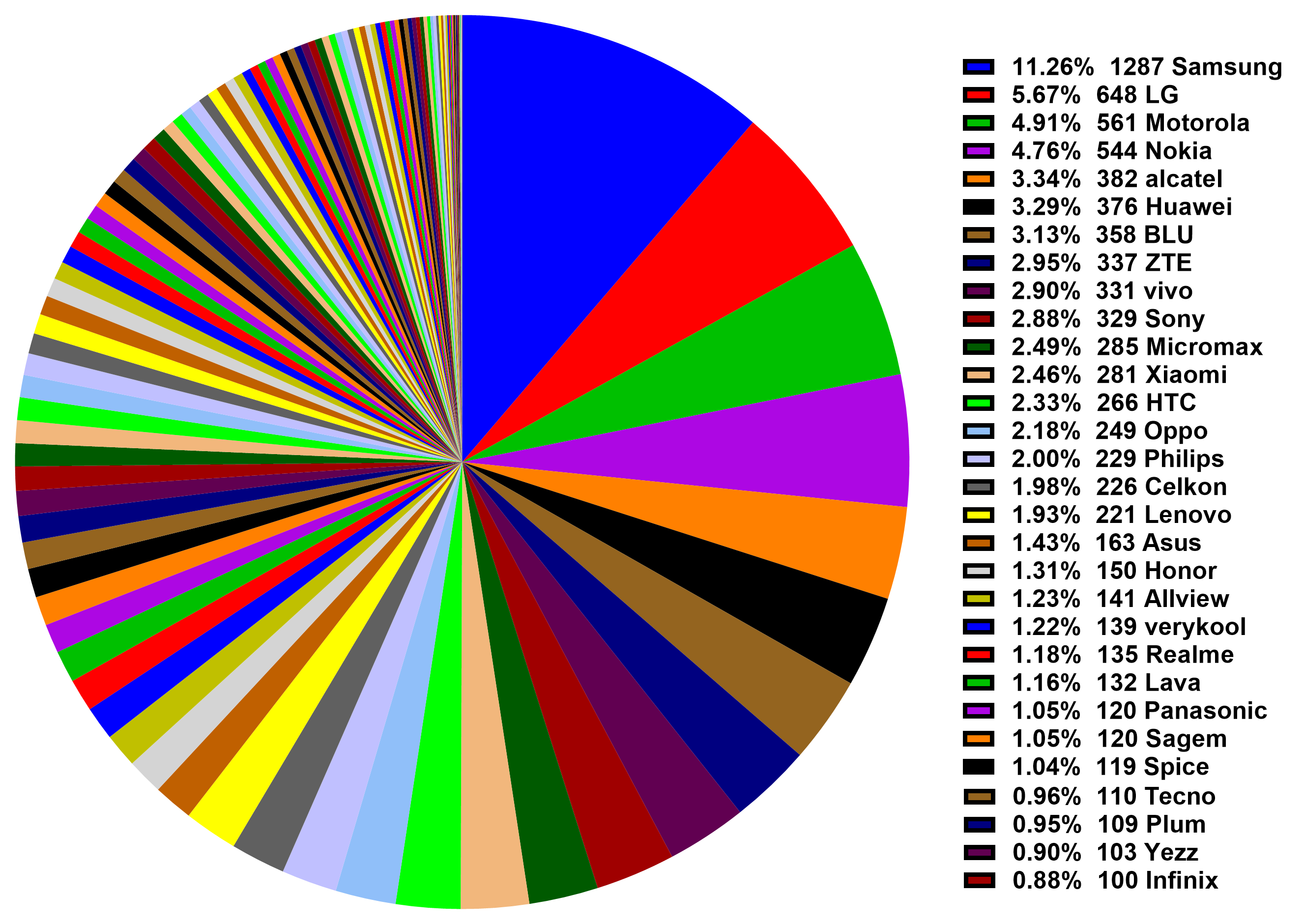
First period (1994-2001). Ericsson era
Historically, I have divided the chronology of phone production into three periods.
At the first stage, mobile phones only appeared. The first manufacturer was Ericsson in 1994. This manufacturer finished announcing its new models in 2001.
In addition to Ericsson, Nokia, Bosch, Philips, Samsung and Motorola mastered the production of phones during the first four years. Such manufacturers as NEC, Mitsubushi, Kyocera and many others tried to enter the same market. But not all of them managed to continue the production of phones to this day.
The image below contains a count of new products released by different manufacturers in a given period of time.

Second period (2002-2009). Samsung dominance
In this “pre-smartphone” period, many new manufacturers entered the mobile phone market to remain until today. These are LG, Huawei and Apple. But most manufacturers managed to gain a foothold in the market only for a short period of time before sinking into oblivion. Among them were Acer, Asus, Blackberry, Dell, Fujitsu, HP, Gigabyte, Sharp, Toshiba, Vertu, Benq.
Many big players from the first period also dropped out of the mobile phone market. These were, for example, Philips, Sagem, Siemens, NEC, Panasonic, Mitsubishi, Kyocera
During this period, it becomes noticeable that Samsung becomes the market leader in terms of the release of new models. In hindsight, it seems obvious that you need to produce at least 30-50 models a year to compete with Samsung. At the same time, in the next observation period, Apple and Google will be able to do this with only 5-10 models per year.

I am not familiar with all the manufacturers, so I will not dwell on them in detail. If you are interested in the details, please explore the pictures below for yourself.
Big picture with manufacturers that released a dozen or two models a year
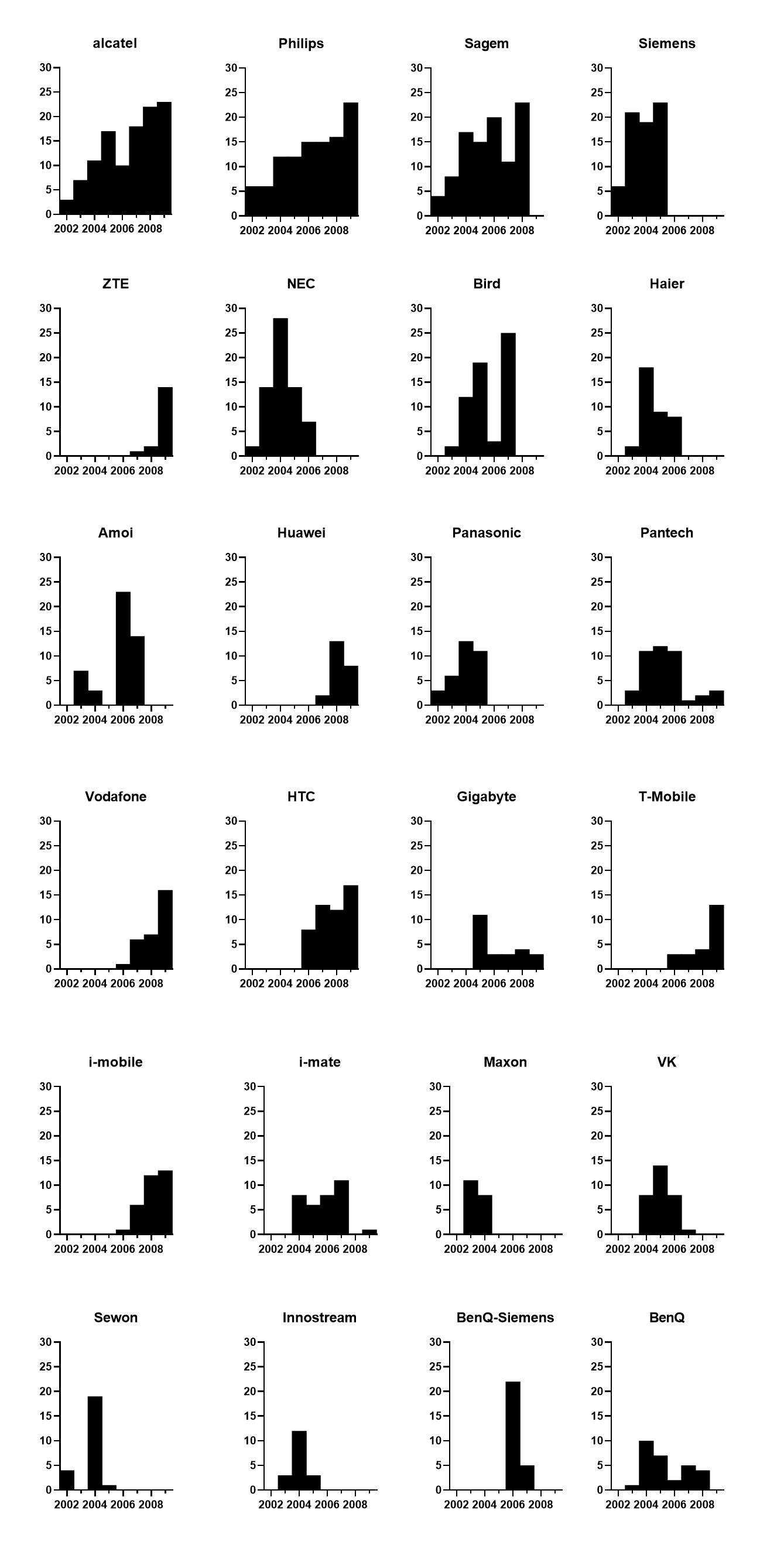
Big picture with manufacturers producing up to ten models per year

Third period (2010-2022). The era of smartphones
You can see the fading of LG, alcatel, Blackberry, HTC, Motorola, Nokia. As well as the “second wind” that opened up for the last two. We can note the sharp start of Xiaomi, Oppo and vivo.
Samsung is reducing the number of models produced per year from 120 to 40.
Some firms (Yota, Amazon, Prestigio and others) “existed” in the market only for a short period of time. And they did not have time to “please” us with a large number of new products.
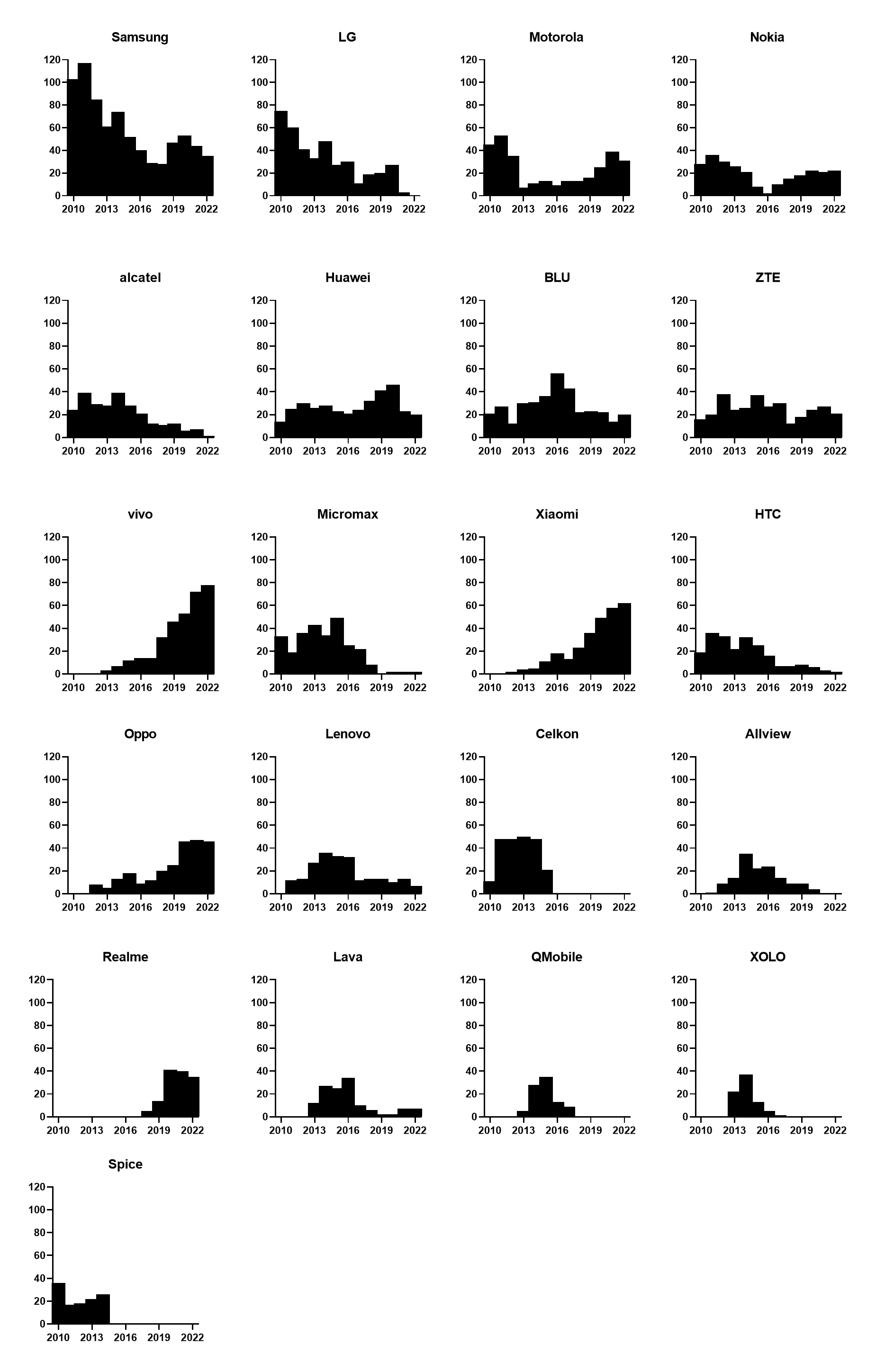
Large pictures with manufacturers that released a dozen or two models a year
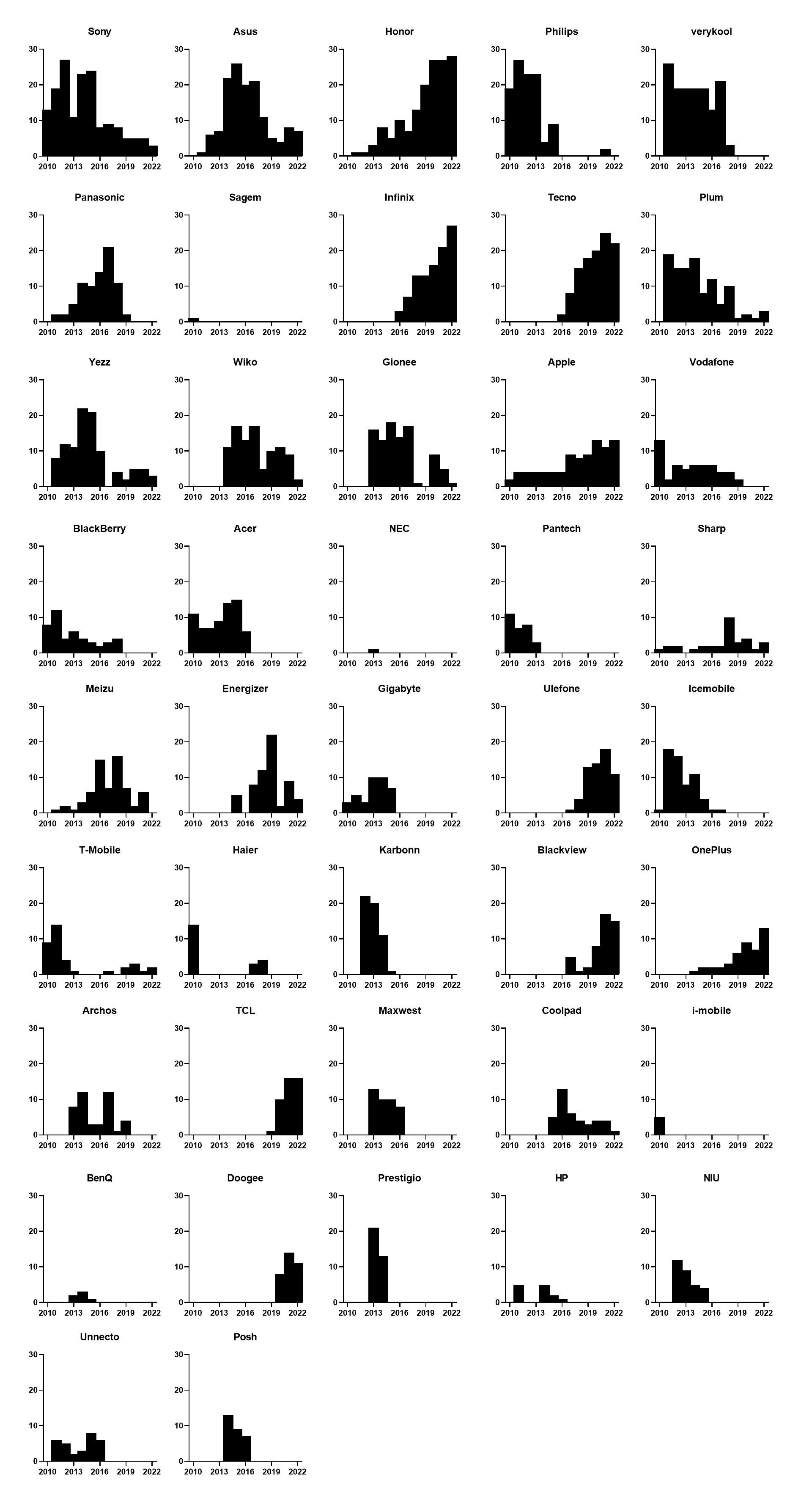
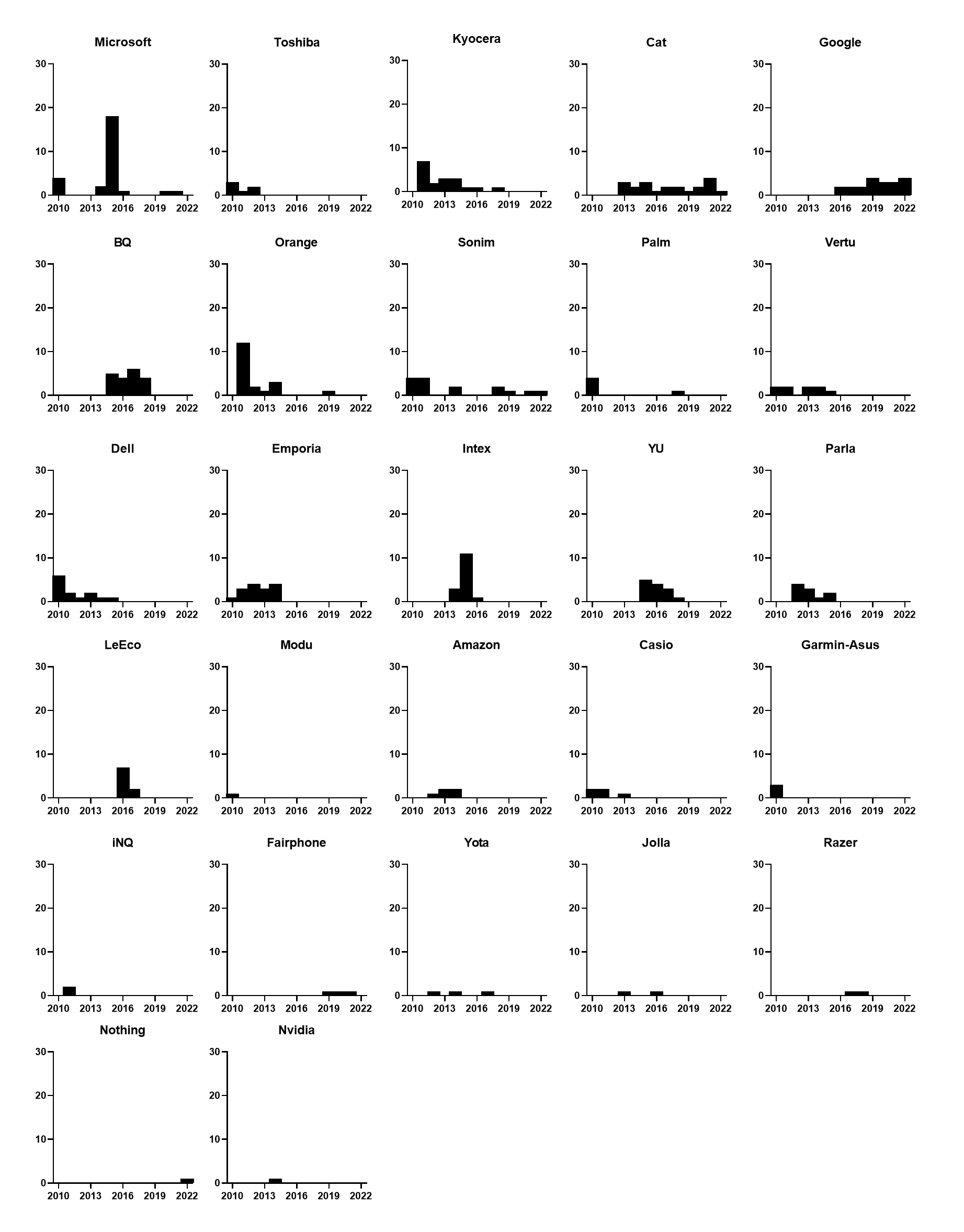
In this “smartphone period”, Android did not immediately take the lead. Symbian and Microsoft had about five years to carve up the market. But, as you can see in the graph below, “did not grow together.”

Features
We have witnessed how phones “come out” on the Internet, having received GPRS technology. In my opinion, this happened in 2002, when the majority of phones (64%) began to be equipped with this technology.
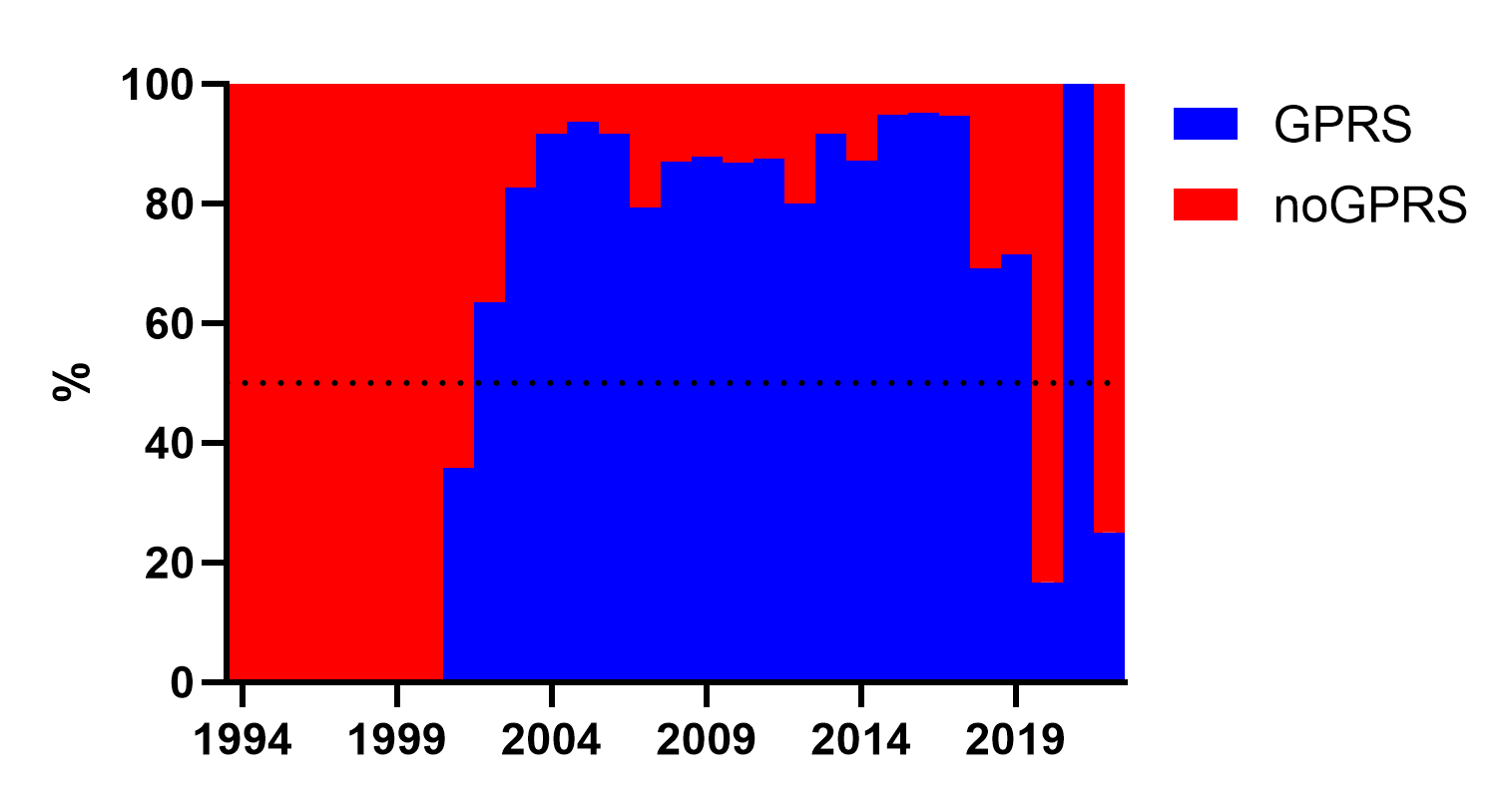
EDGE became popular (>50% of new models) in 2009. Since 2009, the number of mobile Internet users has only increased, and I believe that the graph is less informative from now on.
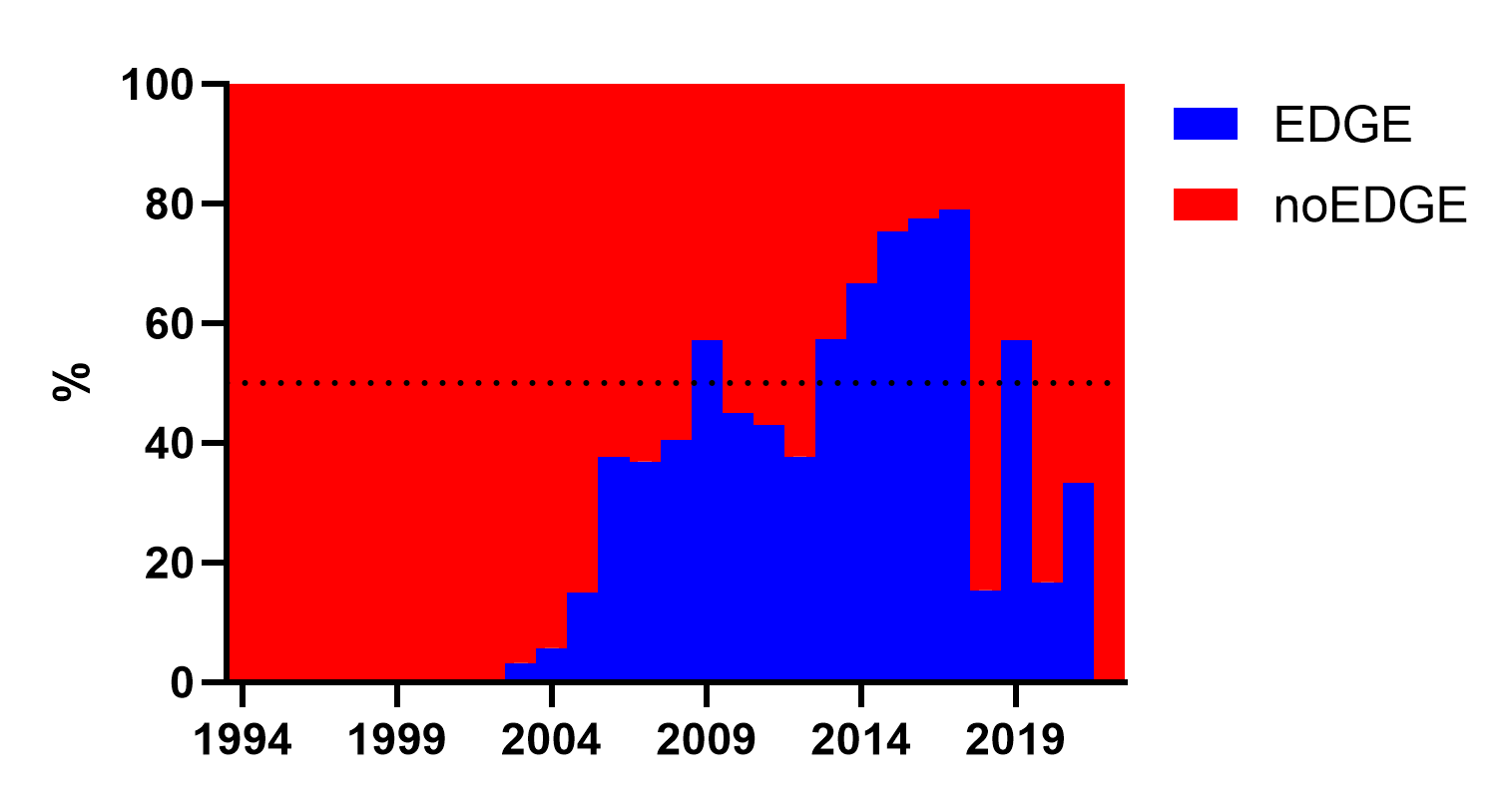
The battery is no longer removable. Buying a new phone with a removable battery is now a separate and rather complicated quest. Since in 2022, only 4.7% of phones had a removable battery, which is even lower than in 2021 (4.8%) and 2020 (6.1%).
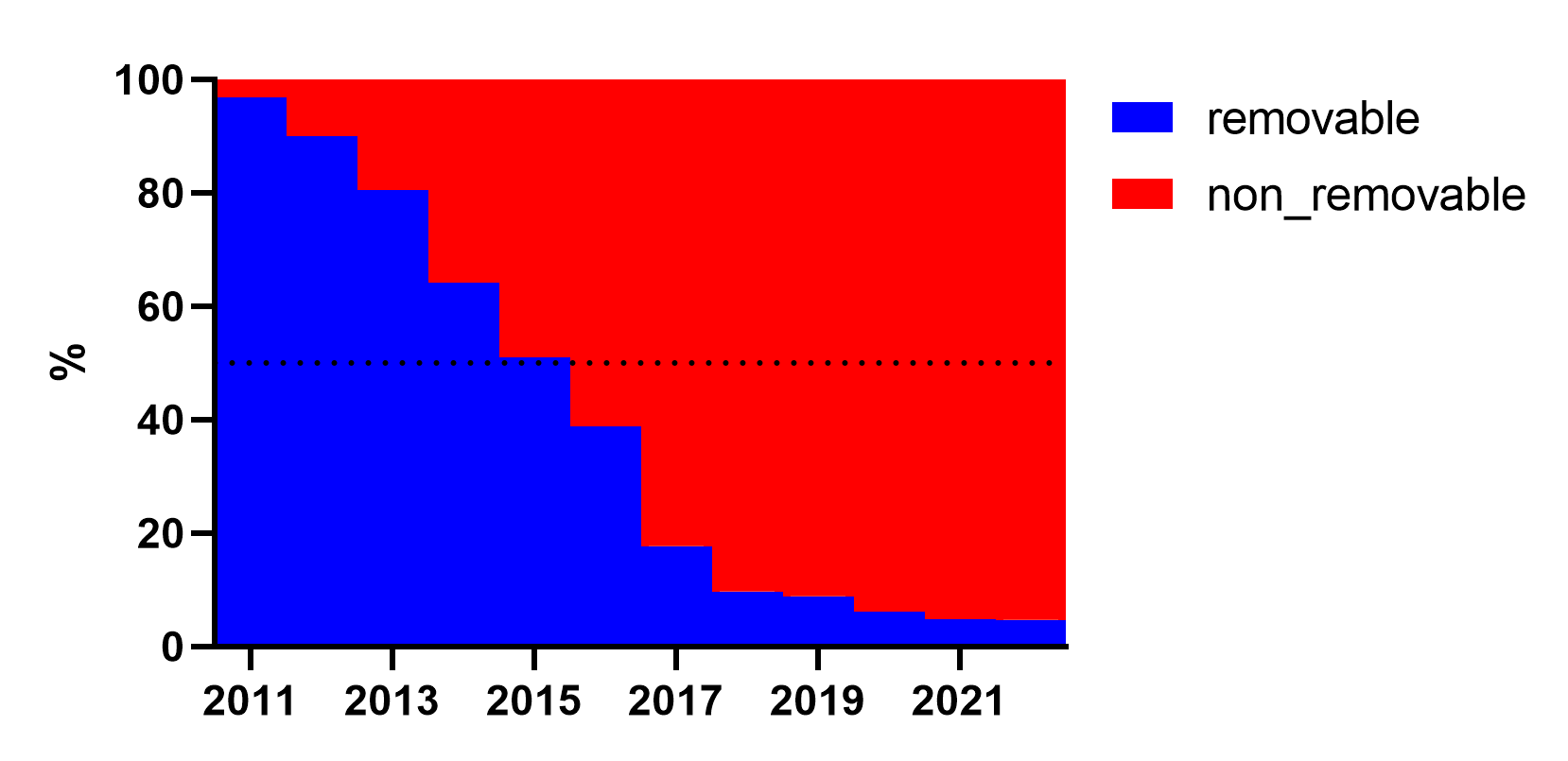
In 2011, most phones began to be equipped with GPS. In addition to it, the reception of GLONASS (2017) and BDS (2018) signals was later added. At the same time, the European GALILEO system seems to be “not going well”. In contrast to GALILEO, Japan’s (QZSS) and India’s (NavIC) Local Positioning Systems are moving in the right direction so far.
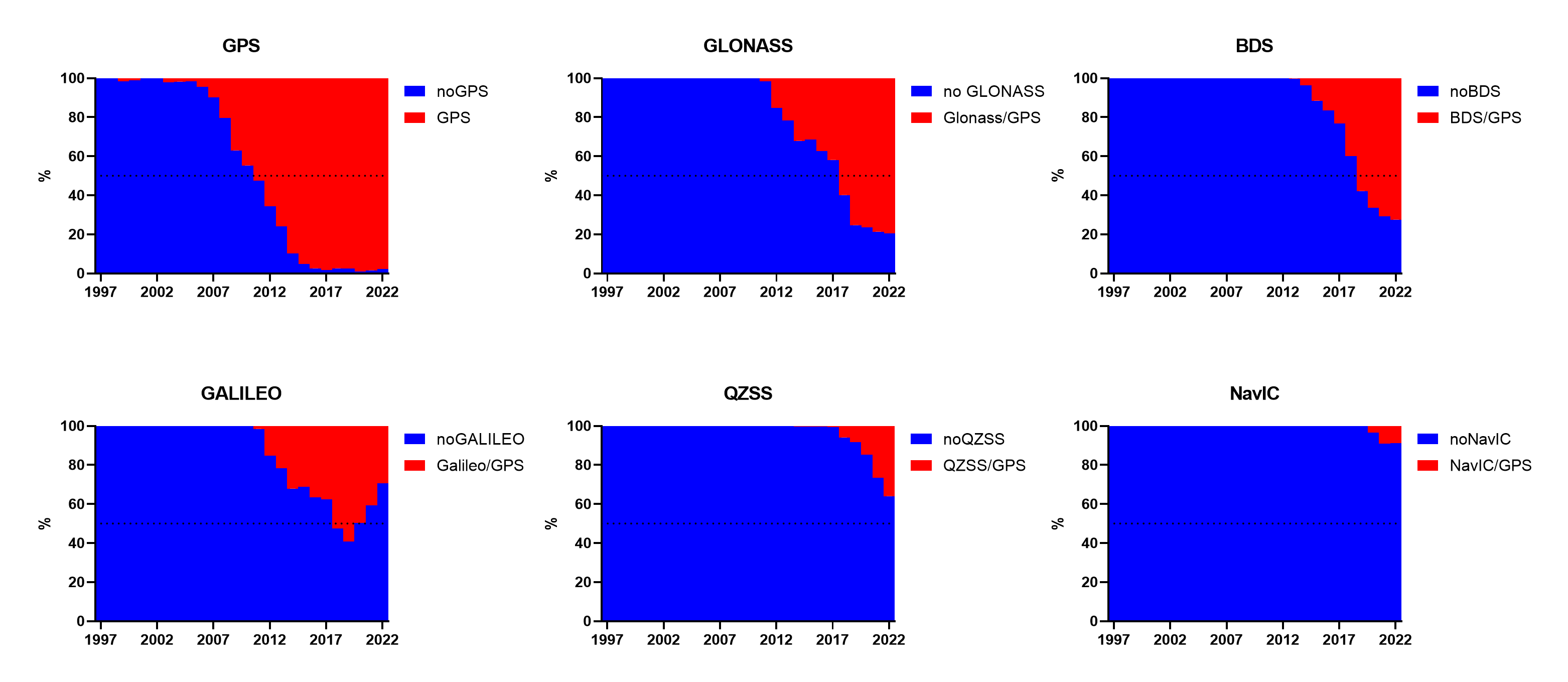
In 2013, most models begin to receive a slot for a second SIM card. As you can see in the enlarged image (on the right), there was also time for the release of three-SIM phones. And even chetyrehsimochnyh (LG A395 and LG C299). But it seems that these options have lost their relevance at the moment.

The evolution of the USB connector has undergone a transition from miniUSB first to microUSB and then to Type-C USB connector. His dominance lately seems undeniable to me.
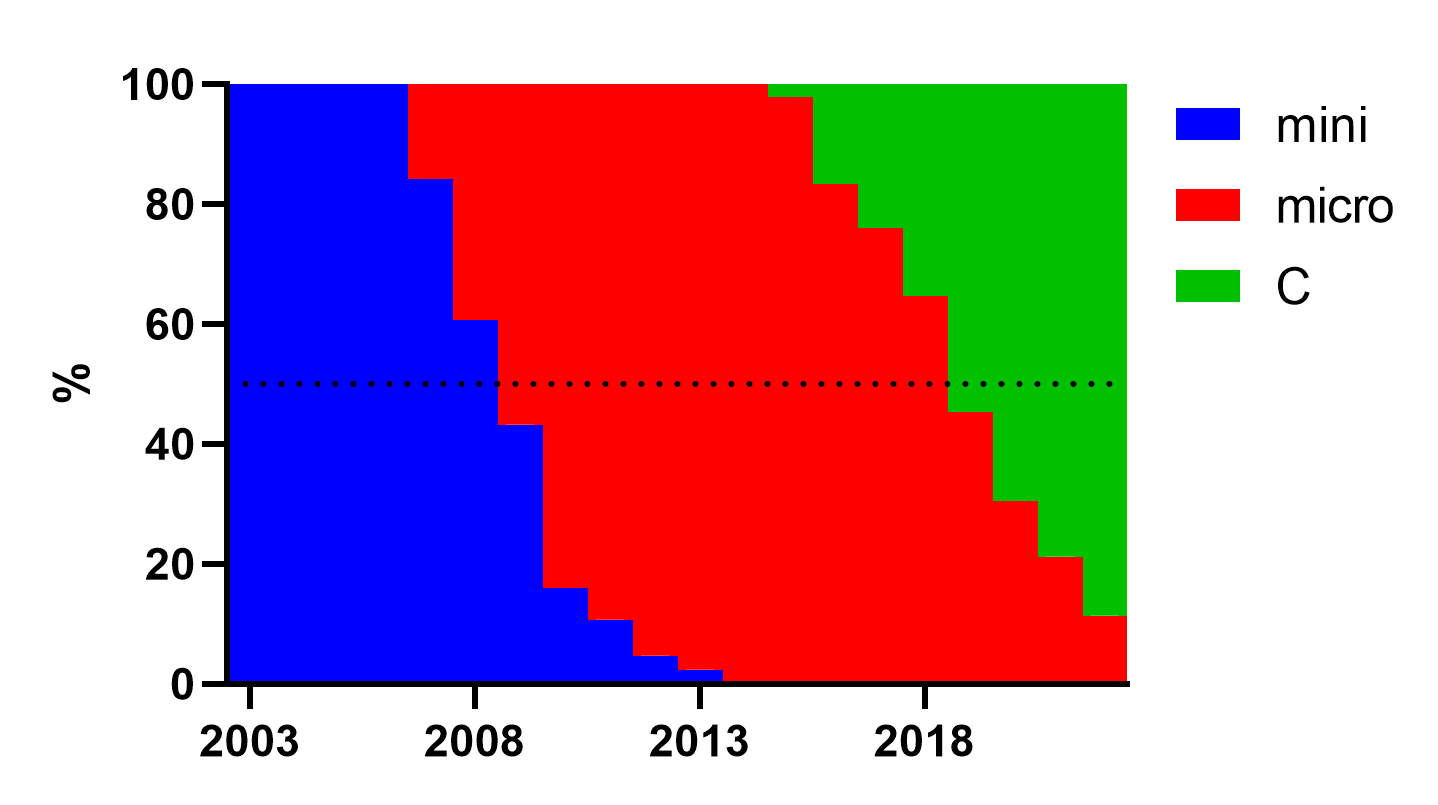
There was a kind of evolution in the types of screens. But subjectively, it seems to me that the introduction of AMOLED is slow.
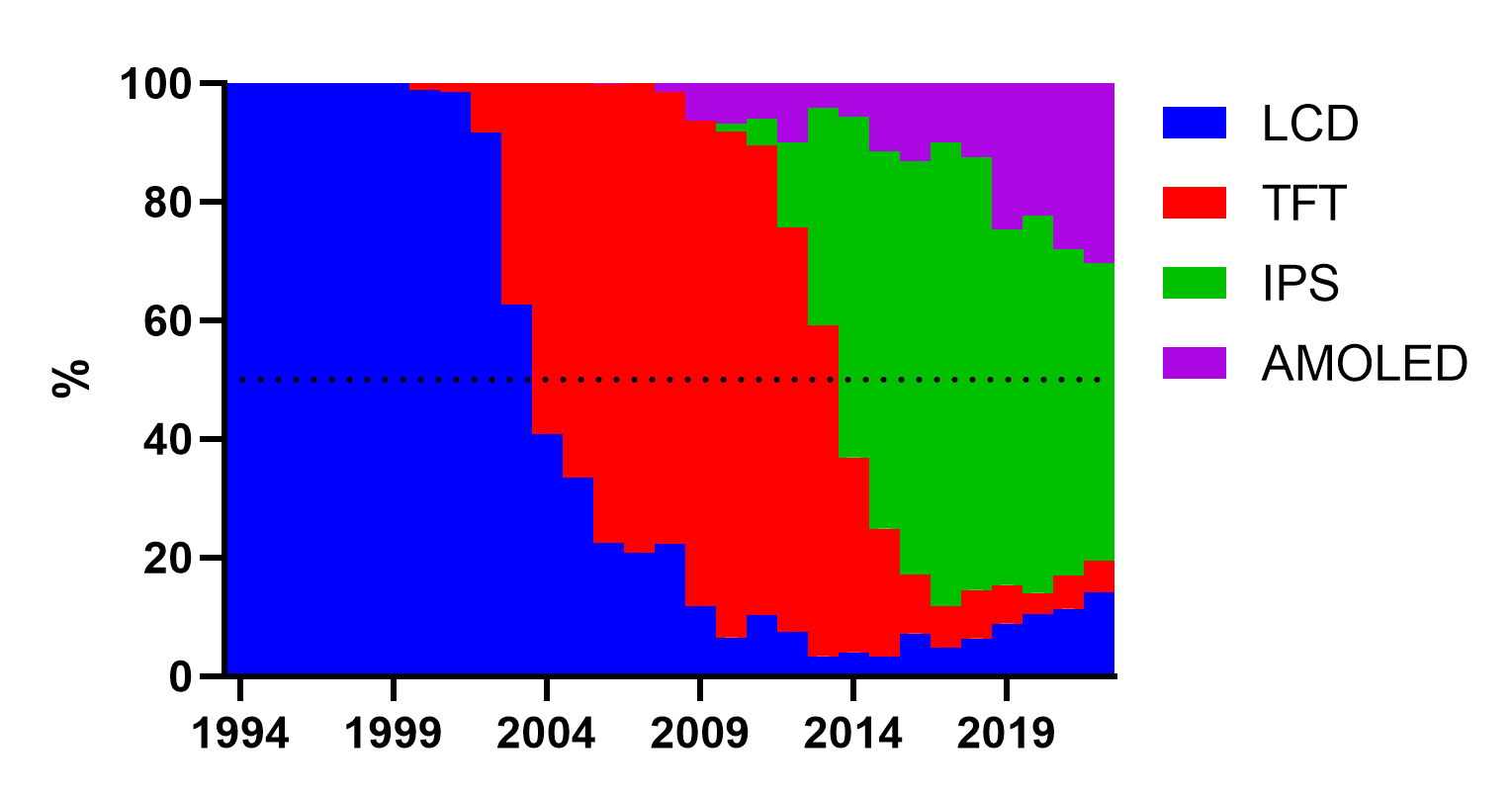
Dimensions
Phones have grown in size in recent years. This also applies to battery capacity. As well as the size of the screen, and the weight of the product.
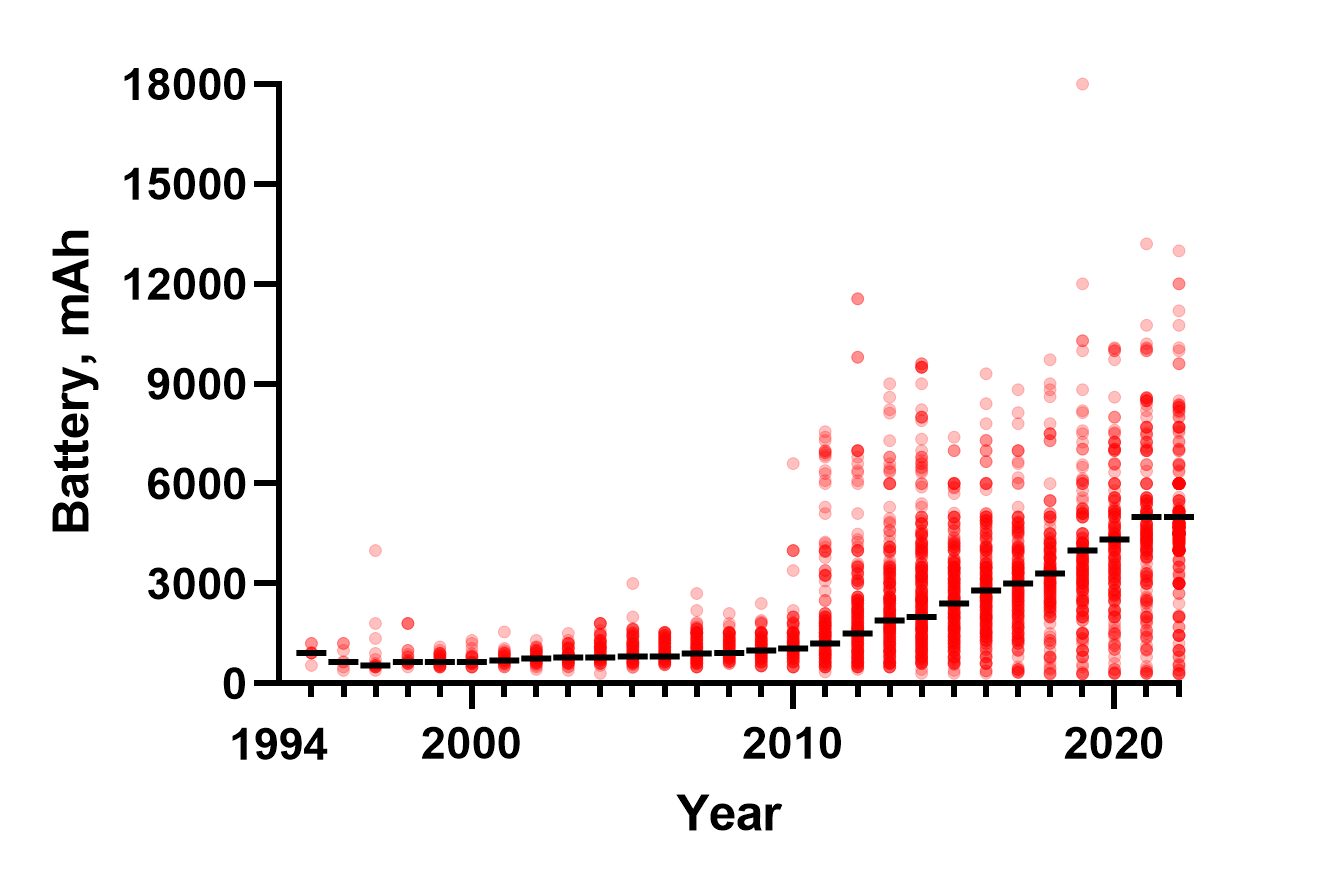
The two phones stand out in terms of battery capacity. This:
Philips Spark (1997) – 4000 mAh
Energizer Power Max P18K Pop (2019) – 18000 mAh
It would be possible to build a graph for the transition from nickel batteries to lithium, but it seems to me that at the moment this is no longer up-to-date information.
On the chart with screen sizes and weight of phones, it is worth noting the appearance of tablets around 2010.
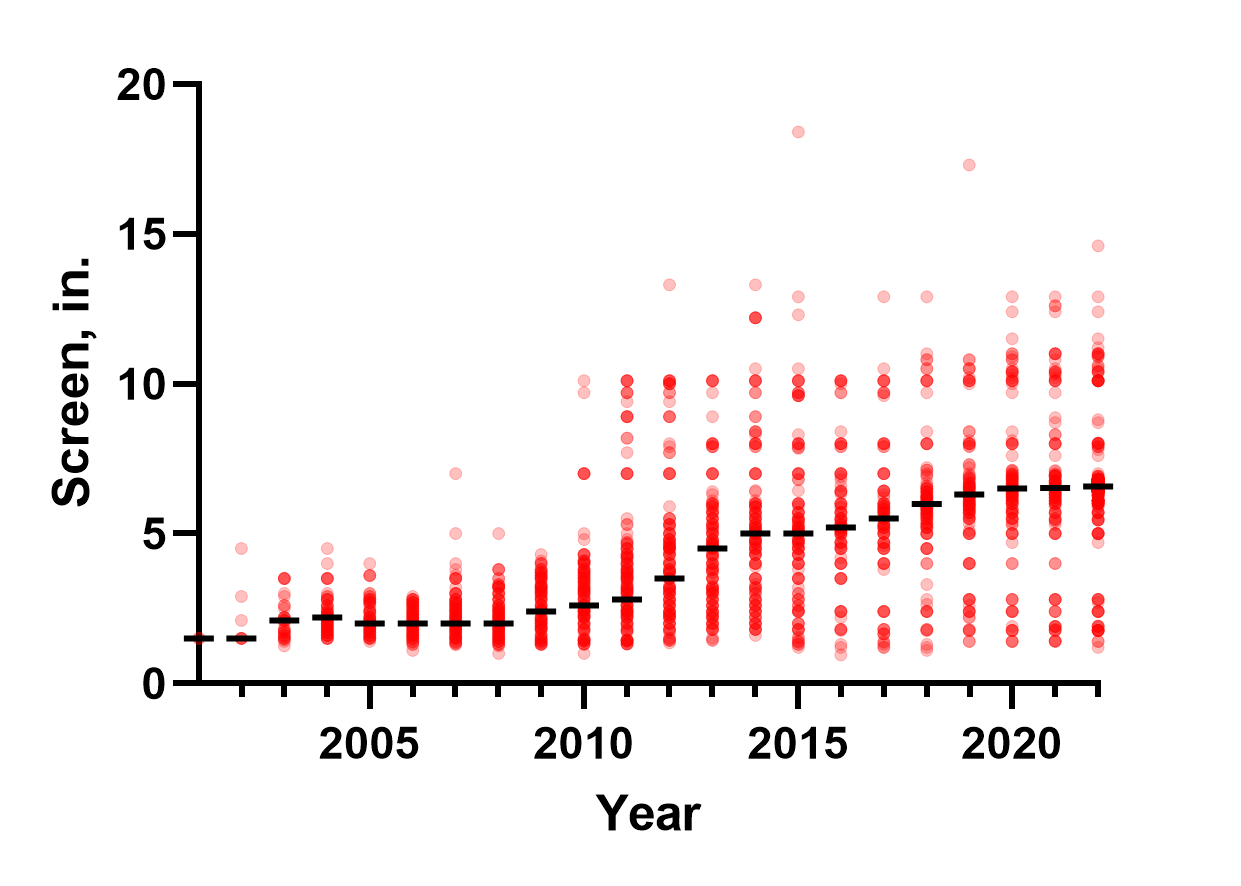
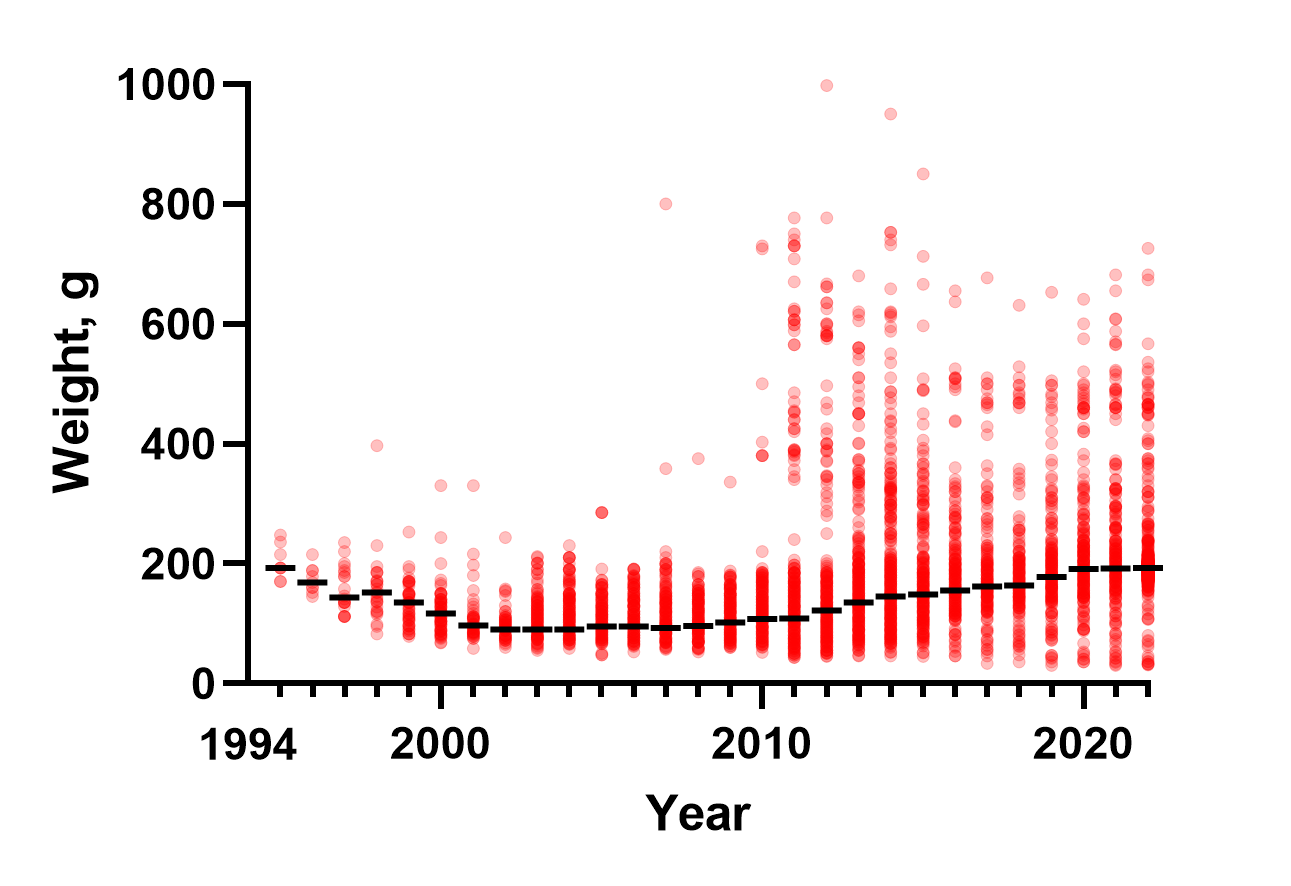
Price analysis. I had to exclude Vertu (black dots in the first graph) and increase the scale (in the third graph) to see the averages better (second graph). As a result, my suspicions that phones have been getting more expensive lately (excluding inflation) were confirmed.

The database contained information on SAR values for the head. Labeled as SAR and SAR_EU. I don’t know how they differ. But it seemed to me that this is an uninformative indicator.
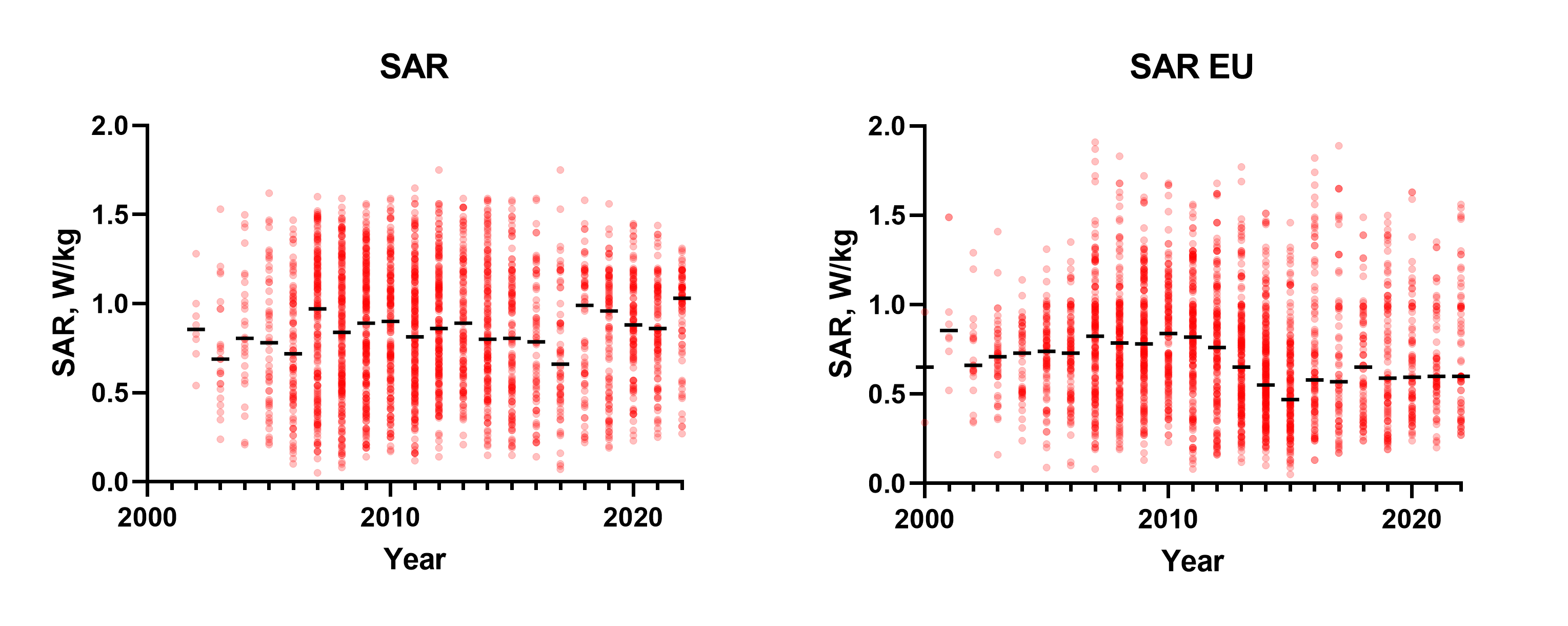
Conclusions, limitations, recommendations
findings
I’ll start with the banal. Samsung released the most new phone models of all and continues to do so to this day. New phone models are getting heavier and more expensive. The average phone will now cost 239 EUR, weigh 193 g, have a six-inch screen and a 5000 mAh battery. The operating system, of course, will be Android.
The removable battery has become exotic. As well as the lack of built-in “basic” technologies (GPS, data transfer, bluetooth, Wi-Fi).
Support for one or two SIM cards has become a standard. Support for three or four SIM cards has not gained popularity.
The transition to Type-C USB charging is almost complete. But the introduction of AMOLED screens is slow.
Analysis limitation. It should be noted that the indicator “new model” does not characterize its success in sales. Since a company that has released many new phone models will not necessarily be a sales leader at the same time. And vice versa.
Recommendations. After doing my analysis, the biggest discovery for me was the absence of a removable battery in 95.3% of new models of mobile phones. Having learned this fact, I continued to search for a new phone on the site GSMarena.com. They have a good section on their site. phone finderwhich allows you to select a phone according to the desired parameters.
My forecast will be simple. In January 2023, manufacturers will have the same characteristics as in December 2022. That is, these will be six-inch “shovels” on Android weighing 200 g. Four-SIM phones should probably not be expected. Two SIM-cards – the maximum I expected in new phones. Removable batteries will continue to be rare. The number of new models will continue to decrease. For even two new models announced a day, in my opinion, especially with a similar design, are more than required.
